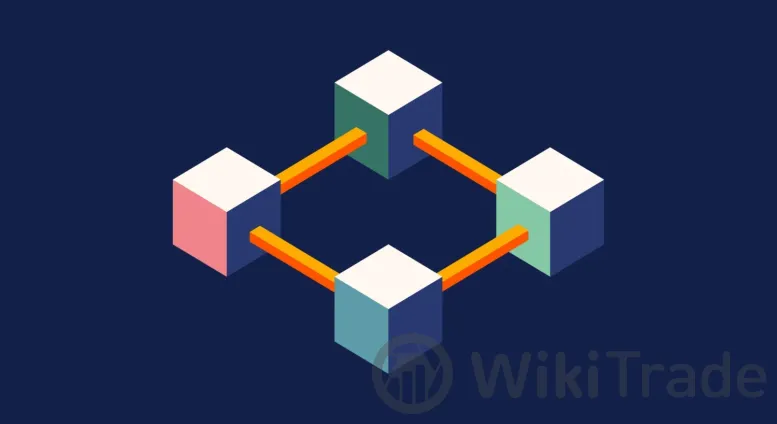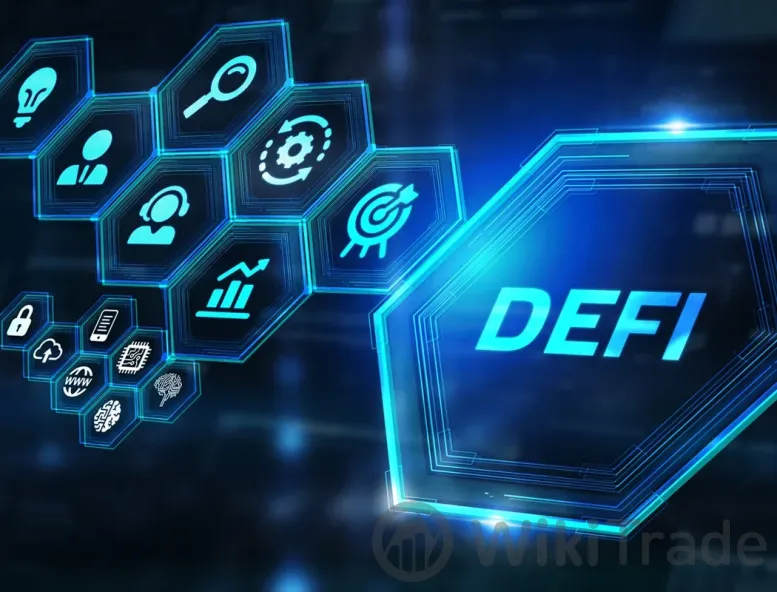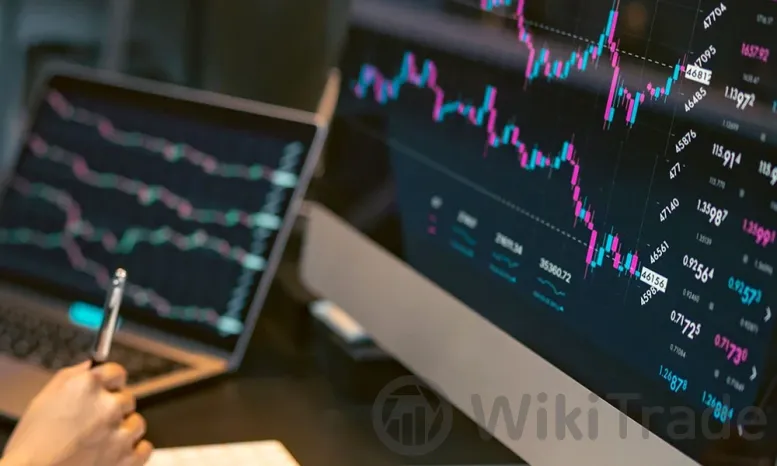How does blockchain work?
Abstract: Blockchain operates through a decentralized network known as nodes. Transaction requests are created, verified by nodes, and put into a block. This block is added to an existing blockchain, finalizing the transaction. Important information such as transaction details, timestamps, and cryptographic hash are contained within each block.
The blockchain operates through a decentralized network of computers known as nodes.
A transaction initiates with a user request.
This transaction is broadcasted to all nodes for validation.
Upon validation, it is compiled into a block along with other transactions.
Securely, this block is appended to the existing blockchain.
Finally, the transaction is finalised.
One of blockchain's key attributes is its immutability; once information enters the chain, it cannot be altered. This renders the blockchain a trustworthy, secure record keeper.
What is Blockchain?
Blockchain is a distributed database that utilizes a chain-like structure for data storage. Each data block within the blockchain carries a hash value from the preceding block, preserving the relationship between them. Originally employed for Bitcoin, blockchain can be appropriated for varied sectors such as finance, supply chain management, and healthcare.

Constituents of Blockchain
Nodes: Nodes are computers within the blockchain network that carry the responsibility of storing blockchain data and validating transactions.
Block: A block serves as the unit of data storage in the blockchain. Each block encloses the following information:
Transaction specifics
The hash value of the preceding block
Timestamp
Chain-Like Structure: Blockchain data resides in a chain-like arrangement. Each block carries the hash value of the previous block, fortifying the relationship between them.
How Blockchain operates
Here's the process of how blockchain works:
A user initiates a transaction.
In response, nodes package the transaction request into a block.
Nodes then authenticate the validity of the transaction.
Finally, nodes assign the block to blockchain.

Benefits of Blockchain
The advantages of blockchain encompass the following:
Decentralization: The blockchain isn't governed by any central authority, thereby liberating it from governmental or financial institution interference.
Security: Blockchain employs cryptographic technology to bolster data security.
Transparency: All transactions occurring on the blockchain are publicly accessible and transparent.
Efficiency: Blockchain can effectuate efficient data transfers and transactions.
Applications of Blockchain
Blockchain can be appropriated for various applications, including:
Finance: Blockchain can facilitate decentralized finance (DeFi), such as lending, trading, and insurance.
Supply Chain Management: Blockchain can trace the origin and pathway of goods.
Healthcare: Blockchain can store patient medical records.
What is DeFi?
DeFi is an acronym for Decentralized Finance. It indicates a flourishing movement that aims to create financial systems built on blockchain technology. This removes the necessity for centralized establishments like banks or financial service providers. In the realm of DeFi, individuals can lend, borrow, invest, and engage in trade directly through peer-to-peer networks, leveraging smart contracts instead of relying on traditional financial infrastructure.

What is the Accurate Definition of a Ledger?
A ledger is a tool used for recording financial transactions. It can take a physical form (like a printed book) or a digital form. Both blockchains and traditional ledgers share the functionality of documenting transactions, albeit with key differences.
What Differentiates Blockchain from Cryptography?
While both are essential for DeFi and cryptocurrencies, they serve different functions:
Blockchain: A tamper-resistant, decentralized ledger technology that stores data in blocks connected via cryptography. It provides a transparent and secure method of recording transactions without the need for central authority.
Cryptography: This branch of mathematics and computer science pertains to encrypting and decrypting information. Cryptography is employed within blockchains to secure transactions and safeguard data integrity.
What was the First Instance of Blockchain Technology?
The first widely recognized instance of blockchain technology was Bitcoin, introduced in 2009. Yet, its underlying technology can be linked back to earlier research on secure distributed ledgers, which dates back to the 1990s.

Did Stuart Haber Invent Blockchain?
Stuart Haber and W. Scott Stornetta published a research paper in 1991 that examined a timestamping system using Merkle trees, a precursor to blockchain technology. Although they laid the foundation for concepts later incorporated in blockchains, they are not credited with inventing blockchain single-handedly.
How Many Blocks Are in a Blockchain?
The number of blocks on a blockchain varies depending on the specific network. As of October 2023, the Bitcoin blockchain comprises approximately 790,000 blocks, while the Ethereum blockchain is nearing 2 billion blocks.
Why Was Crypto Created?
Cryptocurrencies were initially developed to provide:
Decentralization: They offer an alternative to the traditional financial system, which is controlled by individuals rather than institutions.
Security: They deliver enhanced security and encryption for transactions using cryptography.
Transparency: They facilitate publicly verifiable transactions on a shared ledger.
Anonymity: In certain scenarios, users can maintain a degree of anonymity while performing transactions.

Will We Move Towards Cryptocurrency?
Predicting the future with absolute certainty is impossible. Although cryptocurrencies and DeFi applications are gaining momentum, there are numerous existing challenges concerning regulation, price volatility, and widespread adoption. Their mainstream acceptance depends on how these concerns are tackled.
What About Digital Currency?
Digital currency is a broad term that encompasses several forms of electronic money, including:
Central Bank Digital Currencies (CBDCs): These are digital currencies issued by governments.
Stablecoins: These are cryptocurrencies that are pegged to stable assets such as fiat currencies.
Private Digital Currencies: These are issued by private companies for restricted usage within specific platforms.
Blockchain is a promising emerging technology. Its attributes of decentralization, security, transparency, and efficiency render it applicable in numerous fields.




Top News
 WikiTrade
WikiTrade WikiTrade
WikiTrade WikiTrade
WikiTrade WikiTrade
WikiTrade WikiTrade
WikiTrade WikiTrade
WikiTrade WikiTrade
WikiTrade WikiTrade
WikiTrade WikiTrade
WikiTrade WikiTrade
WikiTrade


